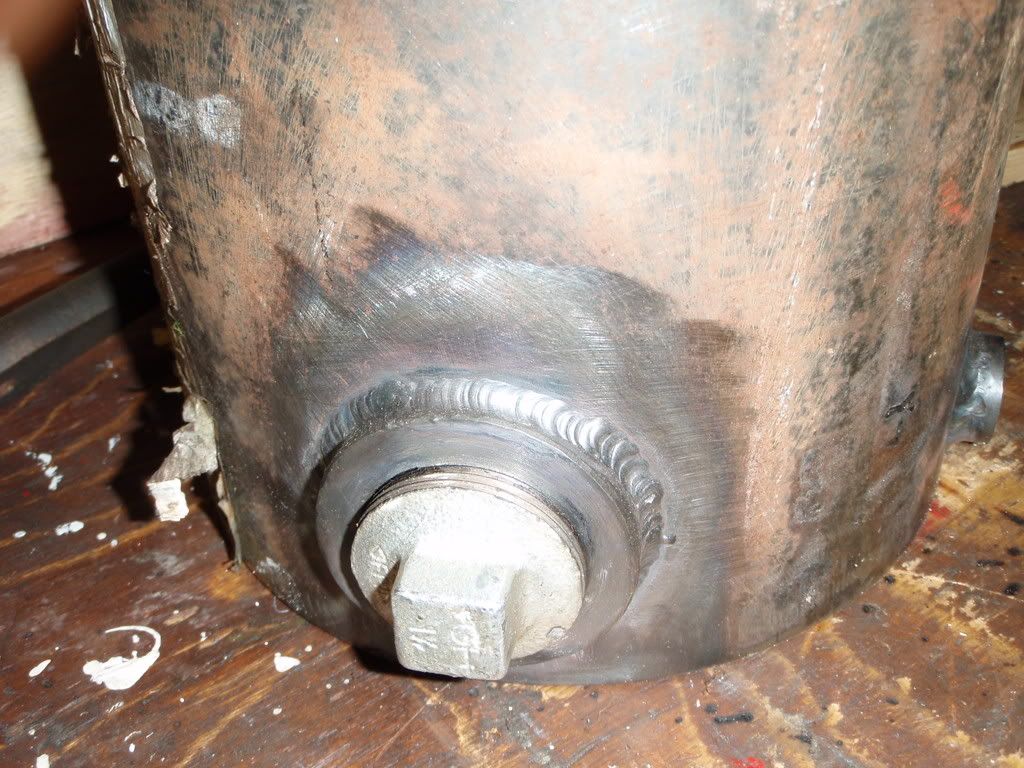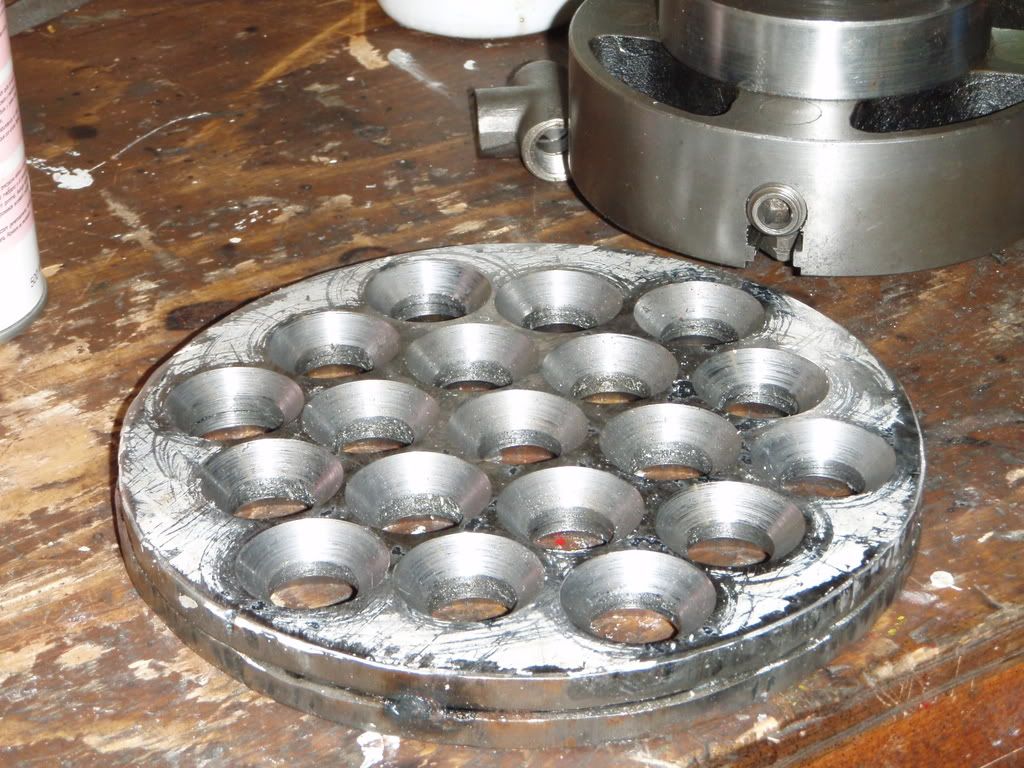rake60
Well-Known Member
- Joined
- Jul 8, 2007
- Messages
- 4,756
- Reaction score
- 124
I've seen several threads about building boilers.
I've never built a boiler myself because I do not have enough knowledge
on the subject to be positive I could do it safely.
I'm certainly not qualified to discuss boiler design safety.
I do know what runaway steam pressure can do.
This for instance.

A few minutes before then, that was a locomotive engine.
Water is a pretty benign compound.
It boils at 212F, 100C at sea level and turns to steam.
When water turns to steam it's volume increases by a factor of 1600.
If you have a small model boiler that holds 1/4 cup (4 ounces) of water, and
it gets far to hot too quickly, that 1/4 cup becomes 50 gallons by volume.
If your pressure vessel isn't properly vented something is going to break.
The first thing will obviously be the pressure vessel.
It's the things that it takes with it that concern me.
A little knowledge can be a big hazard.
Let's be careful out there!!!
Rick
I've never built a boiler myself because I do not have enough knowledge
on the subject to be positive I could do it safely.
I'm certainly not qualified to discuss boiler design safety.
I do know what runaway steam pressure can do.
This for instance.

A few minutes before then, that was a locomotive engine.
Water is a pretty benign compound.
It boils at 212F, 100C at sea level and turns to steam.
When water turns to steam it's volume increases by a factor of 1600.
If you have a small model boiler that holds 1/4 cup (4 ounces) of water, and
it gets far to hot too quickly, that 1/4 cup becomes 50 gallons by volume.
If your pressure vessel isn't properly vented something is going to break.
The first thing will obviously be the pressure vessel.
It's the things that it takes with it that concern me.
A little knowledge can be a big hazard.
Let's be careful out there!!!
Rick






